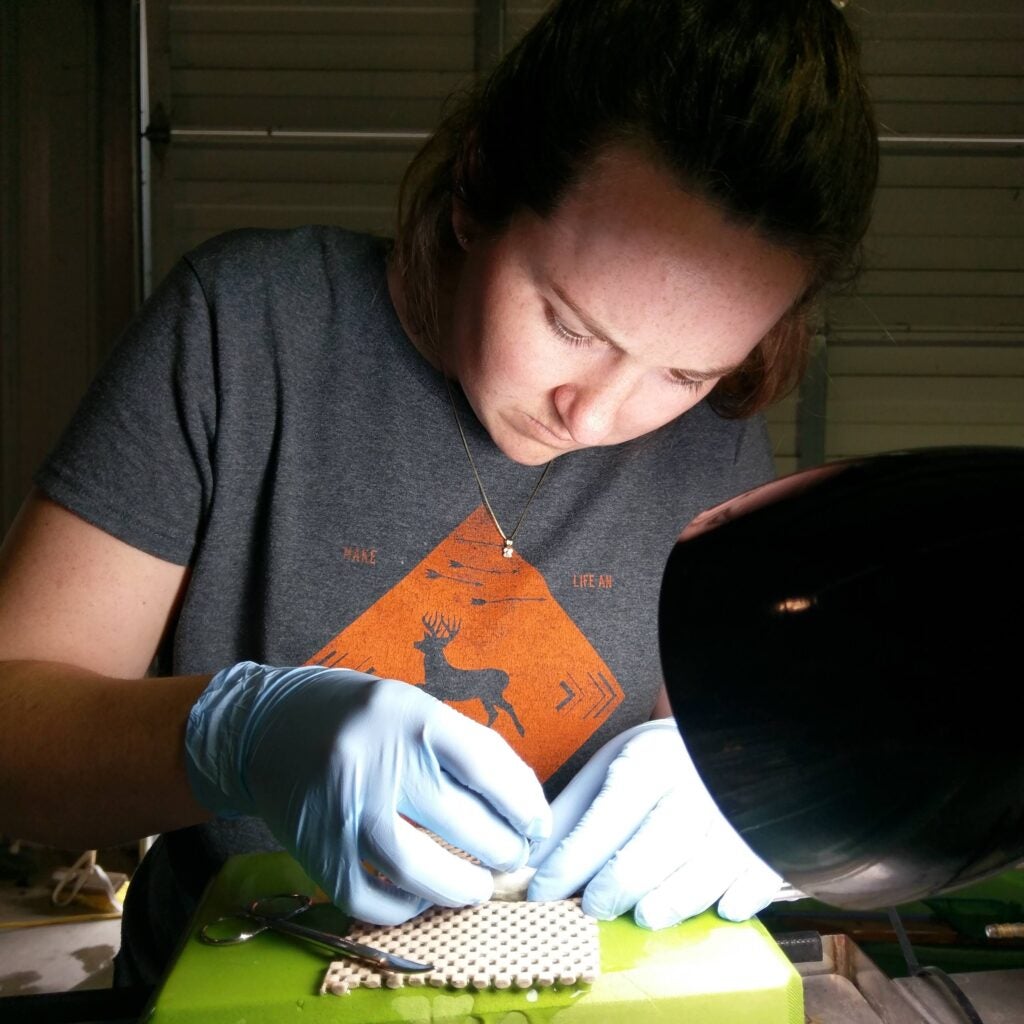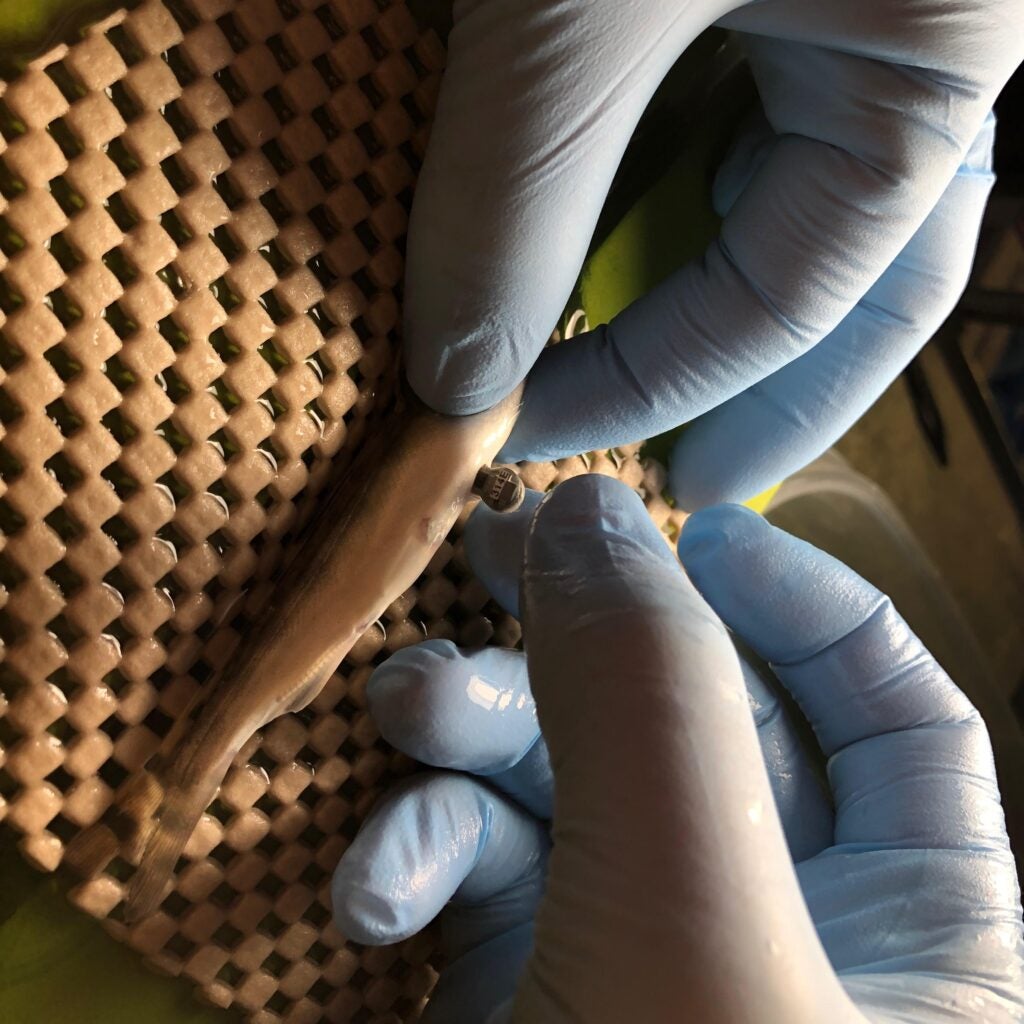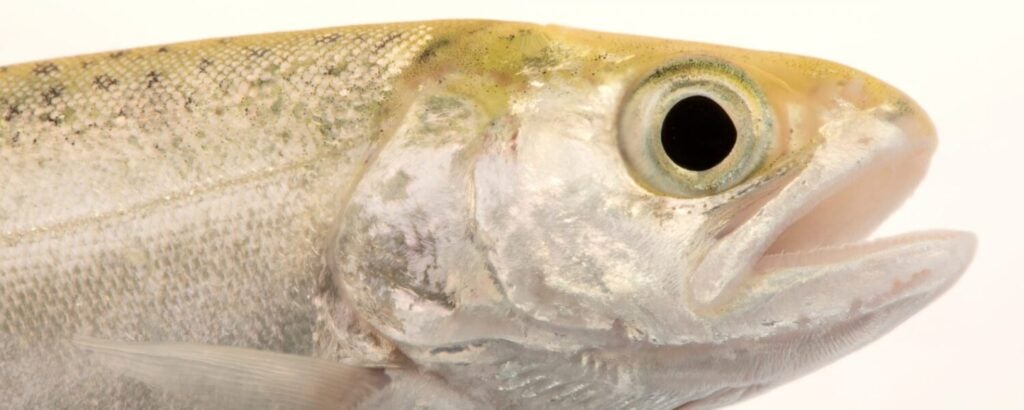Chinook Salmon Conservation Physiology
Chinook salmon is a native anadromous species and the largest of Pacific salmon. In California adults migrate throughout the year as four seasonal runs. Commonly referred to as a cold-water species they are currently facing population declines due to multiple factors such such as anthropogenic habitat alterations (e.g. dams) and a changing climate (e.g. warming water temperature). Our lab aims to understand their physiology to better inform management actions taken in California and across the west-coast.
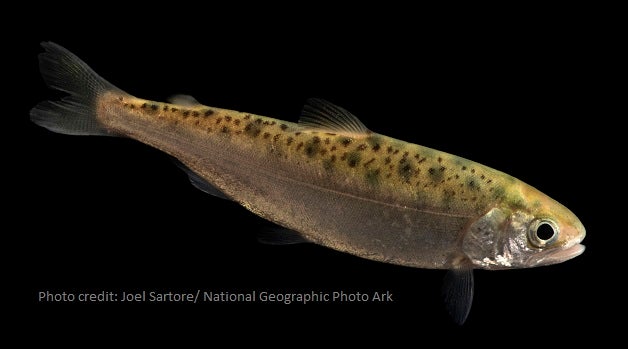

The ash left in the wake of wildfires presents an ecological concern. Indeed, when introduced to aquatic systems by means of precipitation or snowmelts, the ash induces a rapid increase in water pH—a phenomenon referred to as environmental alkalinization. Such a spike in pH, coupled with elevated water temperature following wildfires, can pose significant ionic, osmotic, and acid-base (IOA-B) challenges to aquatic organisms, particularly when habitats prone to wildfires overlap with important spawning/rearing grounds (e.g. Chinook salmon in the San Francisco-San Joaquin Delta). Click here to read more about the study we conducted to investigate this phenomenon.
Latitudinal Variation in Thermal Physiology
Due to their life-history strategy, Chinook salmon exist as a collection of populations, particular to their river systems. How these populations differ from each other can inform how we understand salmonid adaptation as well as provide insight into how to best manage this plastic species. Previous graduate student, Dr. Ken Zillig, looked specifically at temperature, and how different populations of Chinook salmon may exhibit varying thermal physiologies and whether these variations are a result of local adaptation.
His work explored populations from California, Oregon and Washington and found signals of local adaptation both among populations native to California and several fall-run populations from the Columbia River to the Sacramento. He hopes that these results open the door to more place-based management of Chinook salmon to better support remaining physiological diversity. You can read more here.
Physiology of Chinook Salmon Smolts in the San Joaquin River
Spring-run hatchery Chinook salmon smolts released in the San Joaquin river have been experiencing high mortality rates and low returns. Smolts have been held in cages in locations shown to be areas of high mortality by previous telemetry studies for acclimatization and then physiological testing of mRNA expression of sublethal stress and possible pathogen infections. By combining assessments of pathogen load and stress markers linked to water quality, we should be able to glean greater insight into potential mechanisms underlying observed mortality patterns. It is hypothesized that higher mortality rates (outside the initial release) are due to accumulated sub-lethal stress stemming from degrading environmental conditions in the San Joaquin River.
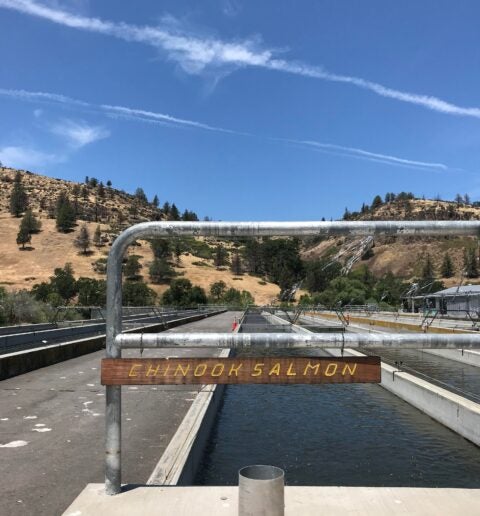
Chinook Salmon Telemetry
Battle Creek Acoustic Telemetry – 2019
In April 2019, our team tagged 700 Fall-run Chinook salmon parr at the Coleman National Fish Hatchery. Amanda (Agosta) Peterson’s study looked to compare survival rates between two release sites: at the hatchery and 70 miles down river at Scotty’s Landing. Past telemetry information has shown the highest mortalities to be within the first 100 miles of travel from the hatchery release site. Releasing further down river may potentially decrease mortality by predators during outmigration.
Natural Origin San Joaquin River Spring-Run Chinook Salmon Telemetry – 2021
The Bureau of Reclamation, partnered with the California Department of Fish and Wildlife, has been monitoring rotary screws traps along the upper portion of the San Joaquin River below Friant Dam in order to estimate juvenile production. In 2021, parties were interested in understanding the survival and movement rates of natural origin Spring-run Chinook smolts within the upper river’s restoration area. UC Davis was fortunate to be asked to conduct tagging of natural origin Spring-run, this being the first time conducting tagging or natural origin smolts on the San Joaquin River. Lead by Master’s candidate, Amanda (Agosta) Peterson, receivers were deployed throughout the upper reaches of the river to detect the tagged smolts.
Hatchery San Joaquin River Spring-Run Chinook Salmon Telemetry – 2022
Since 2017, UC Davis has been analyzing the survival of hatchery raised Spring-run Chinook salmon during their outmigration through the Sacramento-San Joaquin River Delta. The San Joaquin River Restoration program was developed after litigation over flow releases from Friant Dam and had the goal to restore a large portion of the San Joaquin River to improve many species population sizes within the system. The UC Davis telemetry study began after a need to understand the very low return rates of San Joaquin River ESU of Spring-run Chinook salmon, largely stemming from extremely low outmigration success of juveniles. This ongoing study is examining the locations of and potential reasons for the high mortality.
